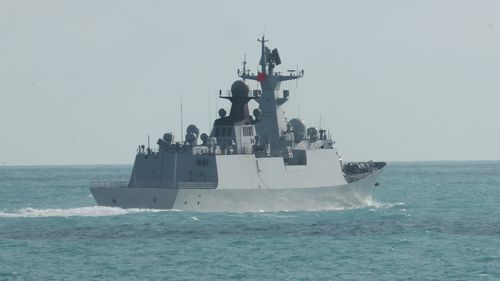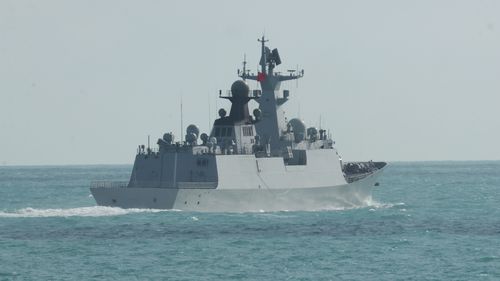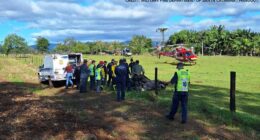Defence is currently monitoring three Chinese warships near Australia’s north-east coast. This comes shortly after a concerning incident involving a Chinese fighter jet in the South China Sea, where it discharged flares close to an Australian surveillance plane.
During a routine maritime patrol in the South China Sea, an Australian Royal Air Force (RAAF) P-8A Poseidon aircraft had a tense encounter with a Chinese PLA-AF J-16 fighter jet. The incident occurred on Tuesday and raised tensions in the region.
“The PLA-AF aircraft released flares in close proximity to the RAAF P-8A aircraft,” Defence said in a statement.

“This was an unsafe and unprofessional manoeuvre that posed a risk to the aircraft and personnel.”
There were no injuries to Australian Defence Force (ADF) personnel or damage to the RAAF P-8A.
“The safety and wellbeing of our ADF personnel continues to be our utmost priority,” the spokesperson said.
“Australia expects all countries, including China, to operate their militaries in a safe and professional manner.
The Australian Defence Force (ADF) has a long history of conducting maritime surveillance operations in compliance with international laws. They uphold the freedom of navigation and overflight rights in international waters and airspace as part of their standard procedures.
Defence is also monitoring a People’s Liberation Army-Navy task group of three ships operating to the north-east of Australia including a Jiangkai-class frigate, a support vessel and a Renhai-class cruiser.
Defence analyst Malcolm Davis described the latter as “one of the world’s most heavily armed warships in existence”.
“We have 112 vertical launch system capabilities that can fire missiles,” Davis said.
“These ships are operating in our economic exclusion zone.
“Our international law of the sea says that naval vessels can enter the economic exclusion zones of other countries.
“We’ll be watching them very closely indeed to make sure they don’t come any closer, particularly within our 12-nautical-mile territorial seas.”
The vessels travelled through South-East Asia, before entering Australia’s maritime approaches.
One of the vessels, the Hengyang, travelled through waters to Australia’s north.
“Australia respects the rights of all states to exercise freedom of navigation and overflight in accordance with international law, just as we expect others to respect Australia’s right to do the same,” Defence said.
“Defence will continue to monitor the activities of the task group in Australia’s maritime approaches with a combination of capabilities, including air and maritime assets.”







